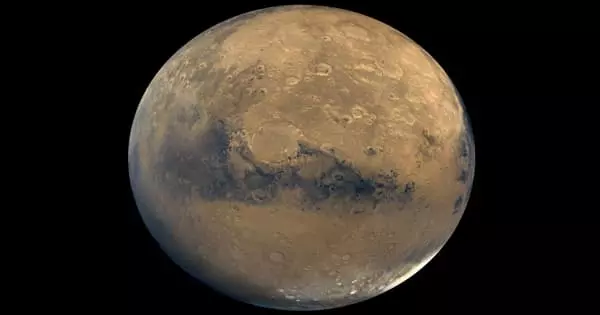Betelgeuse is usually the tenth-brightest star in the night sky and, after Rigel, the second-brightest in the constellation of Orion. It meaning “the armpit of Orion” is a large red supergiant star in the Orion constellation. Calculations of Betelgeuse’s mass range from slightly under ten to a little over twenty times that of the Sun. It may lie as close as 430 light-years from Earth. Betelgeuse is far away, yet it’s one of the brightest stars in Earth’s sky because it’s intrinsically very brilliant, some 100,000 times brighter than our own sun.
Betelgeuse is the brightest star in Orion and marks the western shoulder of the constellation. Betelgeuse is one of the largest known stars and is probably at least the size of the orbits of Mars or Jupiter around the sun.
Betelgeuse is a semiregular variable star whose apparent magnitude varies between 0.2 and 1.2. It is a distinctly reddish semiregular variable star whose apparent magnitude, varying between +0.0 and +1.6, has the widest range displayed by any first-magnitude star. This is the widest range of any first-magnitude star. It is the nearest red supergiant star to Earth. At mid-northern latitudes, around the first of every year, Betelgeuse rises around sunset. The star is well placed for viewing on January and February evenings. It is also one of the largest and most luminous observable stars. It has a radius between 950 to 1,000 times wider than the Sun. This means it is 1.322 to 1.392 billion kilometers in diameter.

Betelgeuse was the first star other than the Sun whose size was known. It is the 10th brightest star in the sky overall, and it’s the seventh brightest star visible from most of the U.S., Canada, Europe, and the majority of the Northern Hemisphere. The star’s distance from Earth is about 640 light-years. Its average absolute magnitude is about −6.02. It is a variable star and usually has an apparent magnitude of about 0.6, but, beginning in late 2019, it began dimming to an apparent magnitude of 1.6 by early 2020.
Betelgeuse’s name is derived from the Arabic word bat al-jawzāʾ, which means “the giant’s shoulder.” It is less than 10 million years old. It evolves rapidly because of its high mass. It is one of the most luminous stars in the night sky. It is moving through the interstellar medium at a speed of 30 km/s, creating a shock wave over 4 light-years wide.
Betelgeuse is due to explode as a supernova someday, although maybe not soon on a human timescale. It is now in a later stage of stellar evolution. When it does explode, it’ll be bright enough from our earthly vantage point to shine during the day. It will rapidly go through its life cycle before exploding as a type II supernova sometime in the next million years. But it’s far enough away that Earth won’t be in danger.
Informaton Source:
















